This picture comes from the poem written by Robert Browning. This picture shows how love can be a beautiful but deadly thing. This piece of artwork not only tells the story about these two lovers, it just goes to show that toxic love has been a thing since the beginning of love. this piece is worth a thousand words because not only this is a murder scene but because you wonder how can a person love something or someone so much he kills them or it. Another interesting thing about this artwork is that there are so many ways to look at this because the man could have found out his spouse was unfaithful, and couldn't stand the thought of her being with or loving someone else as much as she loves him. what if the picture is a crime scene from a jack the ripper case. This could be a fatal attraction of some sort. because in the poem it says the man killed his wife because he could stand the thought of losing her but he wasn't losing her because the poem...
moreMSSU ENG272 - Fall 2021 Dashboard
Description
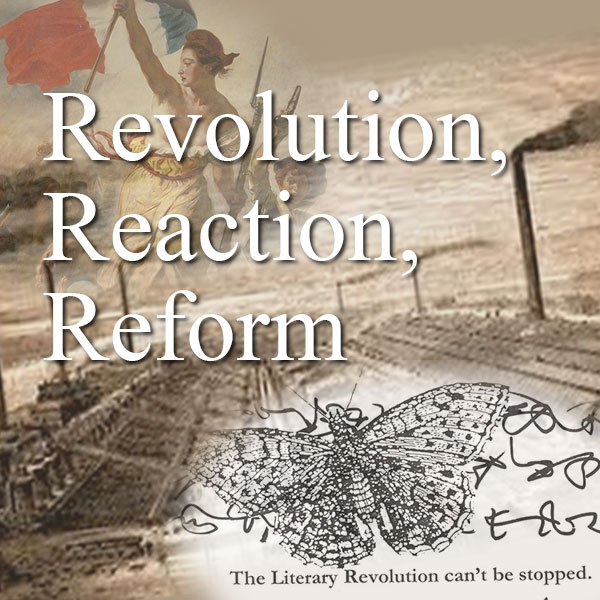 British Literature II: Revolution, Reaction, Reform examines British literature from the late eighteenth century to the present, a period that witnessed the American and French Revolutions, slave revolts such as the Haitian Revolution, a “revolution in female manners,” the Industrial Revolution, the twentieth-century revolutionary wave in Europe, as well as World War I and World War II, and, of course, artistic revolutions. We will consider how the authors and literary works of this period might be reacting to change, advocating for reform, or participating in literary revolutions—whether revolution is understood in the sense of “revolving” or of “revolting,” going full circle to return to a previous (more perfect?) time or experiencing/effecting a great alteration or rupture.
British Literature II: Revolution, Reaction, Reform examines British literature from the late eighteenth century to the present, a period that witnessed the American and French Revolutions, slave revolts such as the Haitian Revolution, a “revolution in female manners,” the Industrial Revolution, the twentieth-century revolutionary wave in Europe, as well as World War I and World War II, and, of course, artistic revolutions. We will consider how the authors and literary works of this period might be reacting to change, advocating for reform, or participating in literary revolutions—whether revolution is understood in the sense of “revolving” or of “revolting,” going full circle to return to a previous (more perfect?) time or experiencing/effecting a great alteration or rupture.
We'll be using the following texts at COVE Studio in the anthology British Literature II (MSSU), Fall 2021:
William Wordsworth, "We Are Seven"
William Wordsworth, "Tintern Abbey"
William Wordsworth, "I wandered lonely as a cloud"
Samuel Taylor Coleridge, "The Eolian Harp"
Samuel Taylor Coleridge, "This Lime-Tree Bower My Prison"
Samuel Taylor Coleridge, "Metrical Feet"
Robert Browning, "Porphyria's Lover"
Robert Browning, "Soliloquy of the Spanish Cloister"
Robert Browning, "My Last Duchess"
Alfred, Lord Tennyson, "Lady of Shalott"
Alfred, Lord Tennyson, "The Charge of the Light Brigade"
Thomas Hood, "The Song of the Shirt"
Elizabeth Barrett Browning, "The Cry of the Children"
Rupert Brooke, "The Soldier"
Virginia Woolf, "The Mark on the Wall"
T. S. Eliot, "The Love Song of J. Alfred Prufrock"
W. H. Auden, "Musée des Beaux Arts"
Dylan Thomas, "Do Not Go Gentle into That Good Night"
The digital edition of North and South for the map project can be found here:
Galleries, Timelines, and Maps
This gallery contains illustrations of Victorian-era works assigned for ENG 272: British Literature II (Missouri Southern State University).
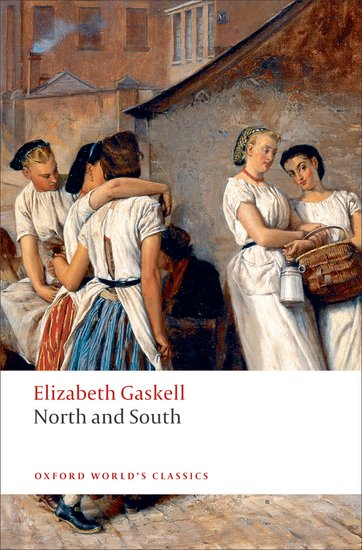 Although the main action of Elizabeth Gaskell's novel North and South (1854-55) never leaves England, characters travel to and mention a number of locations within England, the British Isles, and abroad. This class mapping project identifies many of those named locations and explains their importance to the novel and for the novels themes.
Although the main action of Elizabeth Gaskell's novel North and South (1854-55) never leaves England, characters travel to and mention a number of locations within England, the British Isles, and abroad. This class mapping project identifies many of those named locations and explains their importance to the novel and for the novels themes.
Map entries due by 1:00 pm, Thursday, October 21.
Based on a True Story?
Description:
“Two centuries after author Mary Shelley conceived "Frankenstein," its gothic echoes can still be found across Europe. Castle Frankenstein near Darmstadt, Germany, was the birthplace of alchemist Conrad Dippel, whose purported experiments on the human bodies may have inspired Shelley.” (Malathronas)
While not directly related to Mary Shelley’s rendition of Frankenstein, Castle Frankenstein is reportedly what inspired her to write her seemingly original gothic novel. From the town of Gernsheim, on the eastern banks of a languorous meander in the Rhine, it was once possible to see the steep slate roof and towers of Frankenstein castle, positioned on a hilltop 10 miles away. In 1814, a few days after her 17th birthday, Mary Shelley very likely gazed up at the fortress during the several hours her party spent resting in the town. She and her husband Percy Bysshe Shelley eloped to...
more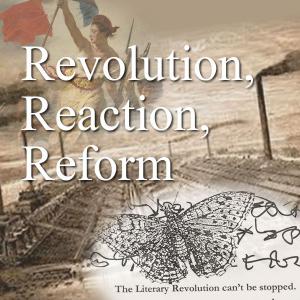 This gallery is part of the ENG 272 collaborative "Age of Romanticism" Map, one element of the Image, Event, Place Project. Add one image that is related or relevant in some way to the work we have been reading in the first several weeks of class. Provide sufficient detail to explain the historical or cultural detail and, perhaps, how it relates to one or more literary works we have read. Be sure to cite your source(s) using MLA bibliographic conventions. One image element is included as an example.
This gallery is part of the ENG 272 collaborative "Age of Romanticism" Map, one element of the Image, Event, Place Project. Add one image that is related or relevant in some way to the work we have been reading in the first several weeks of class. Provide sufficient detail to explain the historical or cultural detail and, perhaps, how it relates to one or more literary works we have read. Be sure to cite your source(s) using MLA bibliographic conventions. One image element is included as an example.
This assignment is modeled on assignments created by... more
 This map is part of the ENG 272 collaborative "Age of Romanticism" Map, one element of the Image, Event, Place Project. Add one map element that is related or relevant in some way to the work we have been reading in the first several weeks of class. Provide sufficient detail to explain the historical or cultural detail and, perhaps, how it relates to one or more literary works we have read. Be sure to cite your source(s) using MLA bibliographic conventions. I added one map item as an example.
This map is part of the ENG 272 collaborative "Age of Romanticism" Map, one element of the Image, Event, Place Project. Add one map element that is related or relevant in some way to the work we have been reading in the first several weeks of class. Provide sufficient detail to explain the historical or cultural detail and, perhaps, how it relates to one or more literary works we have read. Be sure to cite your source(s) using MLA bibliographic conventions. I added one map item as an example.
This assignment is modeled on assignments created by Professor...
more This timeline is part of the ENG 272 collaborative "Age of Romanticism" Timeline, one element of the Image, Event, Place Project. Add one timeline element that is related or relevant in some way to the work we have been reading in the first several weeks of class. Provide sufficient detail to explain the historical or cultural detail and, perhaps, how it relates to one or more literary works we have read. Be sure to cite your source(s) using MLA bibliographic conventions. A few timeline elements, borrowed from...
This timeline is part of the ENG 272 collaborative "Age of Romanticism" Timeline, one element of the Image, Event, Place Project. Add one timeline element that is related or relevant in some way to the work we have been reading in the first several weeks of class. Provide sufficient detail to explain the historical or cultural detail and, perhaps, how it relates to one or more literary works we have read. Be sure to cite your source(s) using MLA bibliographic conventions. A few timeline elements, borrowed from...
Individual Entries
This picture comes from the poem written by Robert Browning. This picture shows how love can be a beautiful but deadly thing. This piece of artwork not only tells the story about these two lovers, it just goes to show that toxic love has been a thing since the beginning of love. this piece is worth a thousand words because not only this is a murder scene but because you wonder how can a person love something or someone so much he kills them or it. Another interesting thing about this artwork is that there are so many ways to look at this because the man could have found out his spouse was unfaithful, and couldn't stand the thought of her being with or loving someone else as much as she loves him. what if the picture is a crime scene from a jack the ripper case. This could be a fatal attraction of some sort. because in the poem it says the man killed his wife because he could stand the thought of losing her but he wasn't losing her because the poem...
morein the story north and south it never actually mentions rio de janeiro, South America exactly it just mentions South america andthats where magaret Hale brother had been throughout his travels but it seems to me as if you were born on one side you had your opinion about the other side
It was just referenced twice however I revealed a...
morein the story north and south the put us in the setting of cromer, united kingdom otherwise known today as Cromer, Norfolk the reason why this place is mentioned in the story was because this is where margaret Hale settled at towards the end of the story after visiting the place with her aunt. she was in cromer basically settling because she wanted to be in paris _crop.jpg)
For quite a long time Cromer had been a conventional all year fishing town, floating for herring in the pre-winter and long queue looking for cod in winter. By late Victorian occasions Cromer was grounded as a popular retreat drawing in numerous VIPs, including eminence also , another thing i learned Cromer is a traditional seaside resort and is famous for Banksy's Great British Spraycation artwork, Cromer pier which...
more (image by Jonjobaker)
(image by Jonjobaker)
Ireland is only mentioned three times within the book (Gaskell). The first time was on page 146 and the context was Mr. Thornton was talking about getting hired hands from Ireland to replace the workers that were on strike at the time (Gaskell). This event caused a cascade of events that led to an impromptu strike against the wishes of the Worker's Union (Gaskell).
During 1846 to about 1851, the potato famine took place. At this time about 60% of the nation's food supply was potatoes, but a blight had come on and destroyed most of their potato crops (Donnelly). This cascaded into a famine, they could not replenish their food, because it was so massive, they inported more grain and then they were exporting because of their need of food (Donnelly). They also could not...
more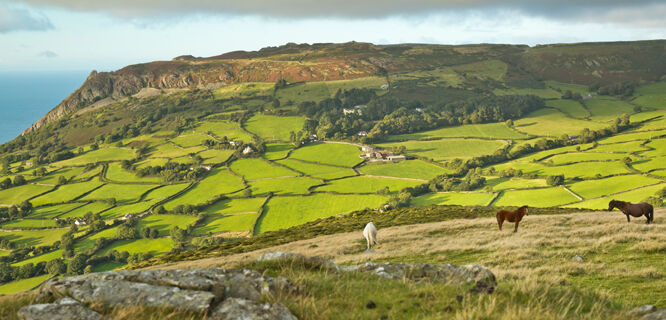
In Gaskell's North and South, Wales is talked about as a place to settle down, pictured as a farm house in the wild that would have been preferrable over Margaret's current situation.
The modern history starts in the 19th century when South Wales became heavily Industrialised with ironworks; this, along with the spread of coal mining to the Cynon and Rhondda valleys from the 1840s, led to an increase in population. The social effects of industrialisation resulted in armed uprisings against the mainly English owners. Socialism developed in South Wales in the latter part of the century, accompanied by the increasing politicisation of religious Nonconformism. Wales was not this lush, green landscape that was described in North and South.
I always viewed South Wales as the upper class. The discussion over it's importance was brief, however it was never described as the...
more
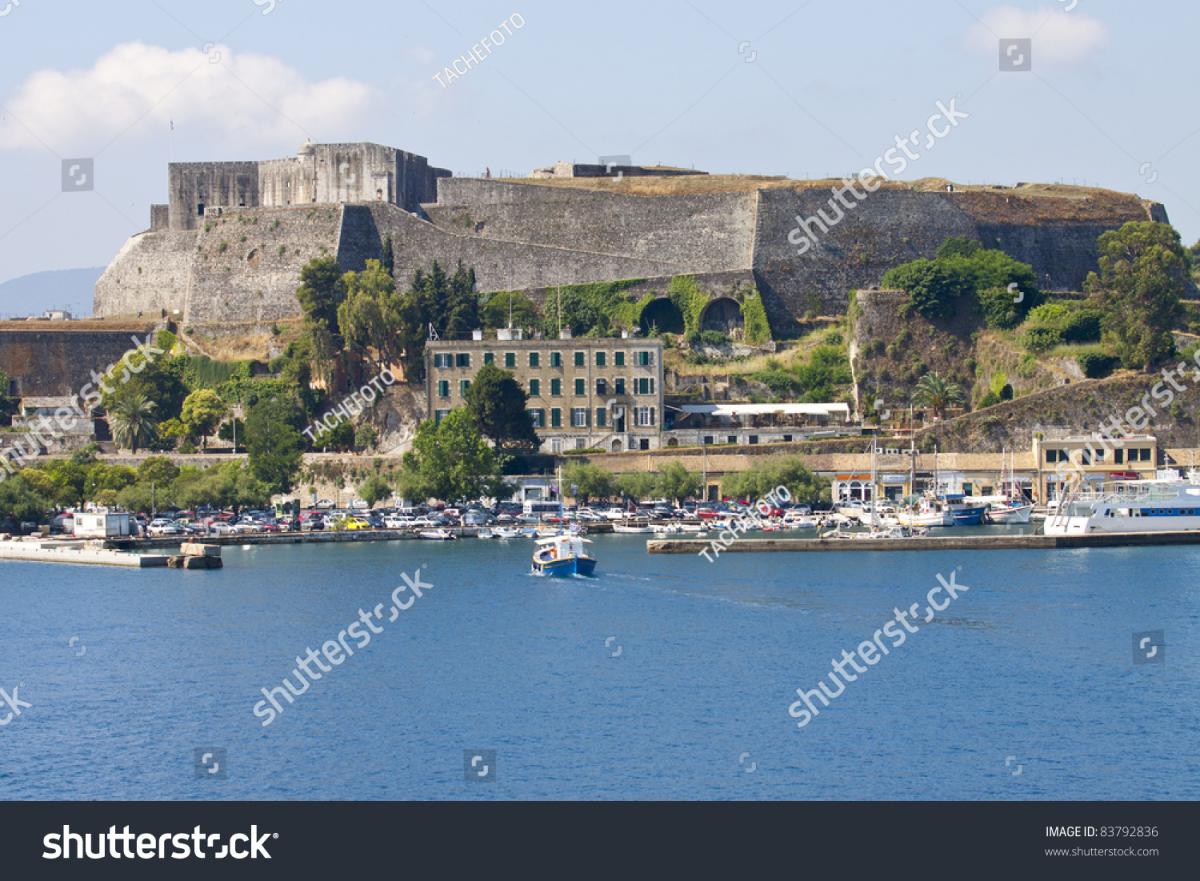
In Gaskell's book North and South. Corfu is known as the future home of Edith after her wedding, And a point of travel during the earlier chapters of the text.
The Old Town of Corfu, on the Island of Corfu off the western coasts of Albania and Greece, is located in a strategic position at the entrance of the Adriatic Sea, and has its roots in the 8th century BC. The three forts of the town, designed by renowned Venetian engineers, were used for four centuries to defend the maritime trading interests of the Republic of Venice against the Ottoman Empire. In the course of time, the forts were repaired and partly rebuilt several times, more recently under British rule in the 19th century. The mainly neoclassical housing stock of the Old Town is partly from the Venetian period, partly of later construction, notably the 19th century. As a fortified Mediterranean port, Corfu’s...
more (image by Jim Champion)
(image by Jim Champion)
New Forest first appeared after Margaret returned to her childhood home after Edith got married in the beginning of the book, under the guise of Helstone (Gaskell). Helstone is mentioned on the first page (Gaskell). I think this place was chosen because of how whimsical it seems and how a child might remember their first home. Most people scoff when Margaret would tell them of her childhood home in this manner, even Mr. Henry Lennox (Gaskell). It was really the end of Margaret's childhood, when they left for Milton, and signified Margaret becoming an adult (Gaskell).
From the New Forest national park page, I learned that there are lots of historical places and historical objects found within this forest ("History & Heritage"). Over the years there have been found Roman...
more